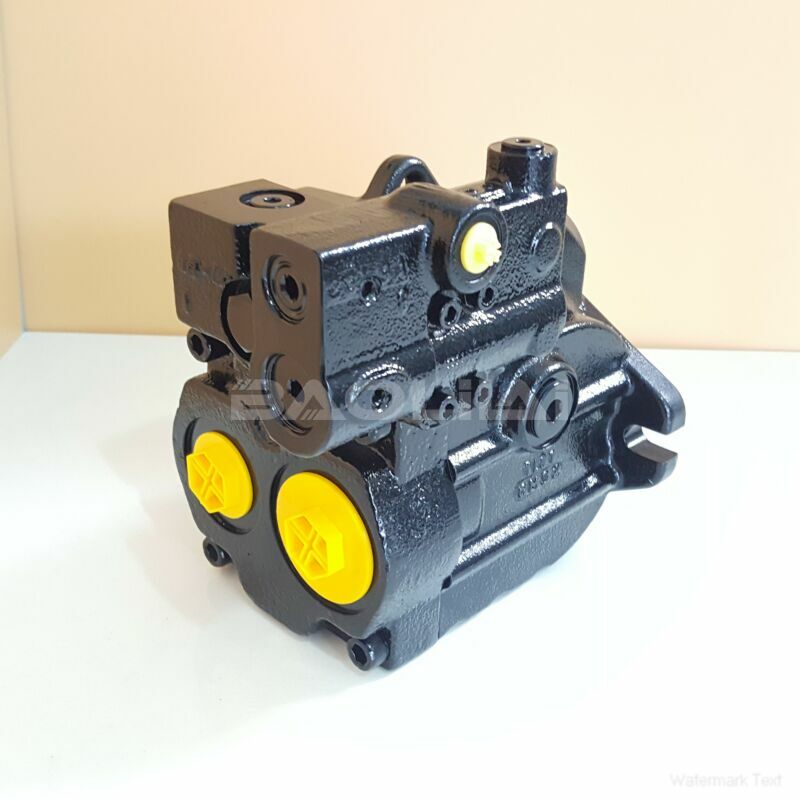KRR045DLS2130NNN3C2AGA6NAAANNNNNN sauer danfoss pump
KRR045DLS2130NNN3C2AGA6NAAANNNNNN sauer danfoss pump

- Product Details
- Applicable Scene
The advancement of high-speed train technology has revolutionized public transportation, providing efficient and rapid transit solutions. Central to the performance, safety, and reliability of these high-speed trains is the hydraulic braking system, which plays a critical role in ensuring that trains can decelerate quickly and safely. One of the most vital components of this system is the hydraulic oil pump, which is responsible for generating the hydraulic pressure necessary to operate the braking mechanisms. This article explores the design considerations, challenges, and innovations in hydraulic oil pumps specifically tailored for high-speed train braking systems.
KR-R-045D-LS-21-30-NN-N-3-C2AG-A6N-AAA-NNN-NNN
KRR045DLS2130NNN3C2AGA6NAAANNNNNN
Hydraulic braking systems rely on the principles of fluid mechanics, utilizing hydraulic oil to transfer force from the brake pedal to the braking components. The hydraulic oil pump’s main function is to convert mechanical energy into hydraulic energy, enabling the system to activate braking forces efficiently. Therefore, effective design of the hydraulic oil pump is paramount in achieving optimal performance.

83064233
When designing hydraulic oil pumps for high-speed trains, several factors must be taken into consideration:
Flow Rate and Pressure Requirements: The pump must be capable of providing the required flow rate and pressure to ensure rapid and effective braking. High-speed trains often demand quick response times; therefore, the pump must deliver hydraulic fluid with sufficient force without delay to ensure safety and performance.
Environmental Conditions: High-speed trains operate under a range of environmental conditions, including varying temperatures, humidity, and exposure to contaminants. The hydraulic oil pump must be designed to function reliably in these conditions, utilizing materials and seals that can withstand wear and degradation.
Size and Weight Constraints: Space and weight are critical factors in high-speed train design. Hydraulic oil pumps must be compact and lightweight to minimize their impact on the overall train design while maintaining high performance. Engineers must explore innovative designs that maximize efficiency without compromising the pump’s function.
Energy Efficiency: With growing environmental concerns, energy efficiency has become a priority in locomotive design. Hydraulic oil pumps should be designed to minimize energy consumption while maintaining performance. Variable displacement pumps and advanced control systems can be utilized to optimize energy use during different operational conditions.
Maintenance and Reliability: The reliability of braking systems is paramount for passenger safety. Designers must consider the ease of maintenance and accessibility of hydraulic oil pumps to facilitate regular inspections and reduce downtime. The use of high-quality materials and advanced engineering techniques can enhance the longevity and reliability of the pumps.





